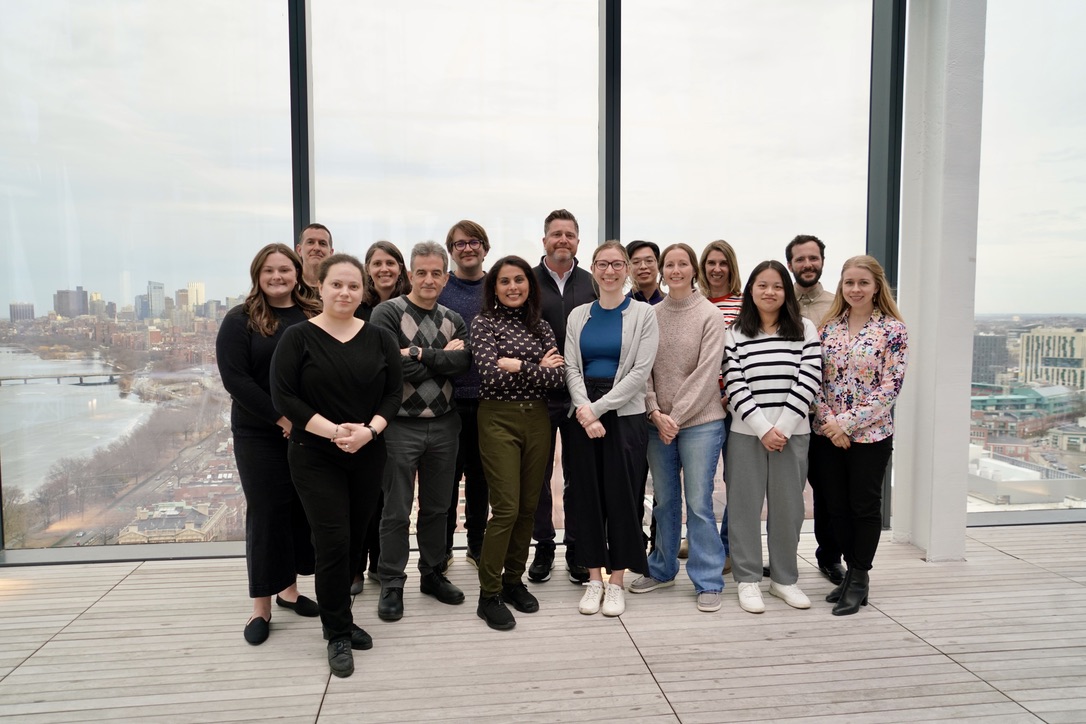As diseases spread across borders with increasing speed, a team of scientists, engineers and public health experts is preparing to launch a first-of-its-kind, open-source global surveillance platform on April 17.
Biothreats Emergence, Analysis and Communications Network, or BEACON, is based at Boston University’s Center on Emerging Infectious Diseases and was developed in partnership with the Hariri Institute for Computing and Data Sciences at BU and HealthMap at Boston Children’s Hospital.

The platform is designed to provide near-real-time surveillance of emerging biothreats — from human and animal disease to threats affecting plants and the broader environment.
“At the time of its launch, BEACON will be the only open source infectious disease surveillance platform of its kind,” said Cassandra Kennedy, communication and outreach associate at CEID. “It is basically as close to real time as we can get.”
BEACON stands apart from existing surveillance programs due to its apolitical, open-source nature, said Program Manager Emily Goldsmith.
“Because we’re not tied to a specific government, there’s an ability to report in a more… neutral way,” Goldsmith said. “That fills a need in the surveillance world to have things be apolitical.”
Kennedy said BEACON’s data-driven approach ensures it remains unbiased.
“What we’re presenting is truly only based on data,” she said. “It’s going to be a very global network, so it’s not taking into account any one country or region’s needs above another,”
Goldsmith said the platform will become a “go-to resource” around the world.
“COVID highlighted very clearly how this is a part of our world, and that we need more systems, better systems to be able to track and share information quickly,” Goldsmith said. “The faster you can know what’s happening, the faster you can respond and keep things from spreading.”
Behind the scenes, the software was built by the Software & Application Innovation Lab at BU’s Hariri Institute, as BEACON was a “natural fit” for SAIL’s expertise, said SAIL Director William Tomlinson.
“It was a chance to work on a very impactful project,” Tomlinson said. “It was a chance to showcase the skill sets that exist within Hariri and BU.”
SAIL has been the “primary driver of the BEACON back-end system,” said Greg Frasco, associate director of engineering at SAIL.
This “back-end system” handles the technical infrastructure that processes incoming data, powers the website and supports BEACON’s AI-assisted workflows.
It also enables subject matter experts, or SMEs, to edit and finalize reports in multiple languages using a large language model tailored to BEACON’s needs, Frasco said.
Frasco explained the machine learning tools initially “filter out” irrelevant health-related news that doesn’t align with BEACON’s mission. Then, large language models extract essential information, which are transformed into draft reports. These drafts are further refined and verified by SMEs before they are published.
“The LLM allows the people to be more efficient with their time. Rather than filling in every exact detail, it’s just verifying that it’s correct and being able to pass it to the next person in the line,” Frasco said. “It’s another assistant on the team that’s knowledgeable and always there.”
Looking ahead, the team plans to expand BEACON’s reach beyond human disease.
“Our longer-term vision is that we’re going to not just be looking at human diseases but also in animal diseases and eventually plant diseases,” Goldsmith said. “We’re looking kind of holistically at what it means to be doing surveillance on health.”
To support its global mission, Goldsmith said they are planning training programs to help international users get started. They are also in conversations with the World Health Organization, which Goldsmith said she hopes will use BEACON in its own research.
As BEACON’s launch date approaches, its team is already planning a formal launch event for April 24.
“[It’s a] very inspiring, impactful project to work on during these times, especially since every day in our current political climate looks very different,” Frasco said. “It’s nice to show that people are working on important things still.”
Goldsmith said BEACON’s development pace has been nothing short of extraordinary.
“We have all these different people who really care, and they’re building off of what they did in the past,” she said. “I’ve never seen something move so fast and actually go from an idea, a concept, to something that’s going to be with the public in a year.”